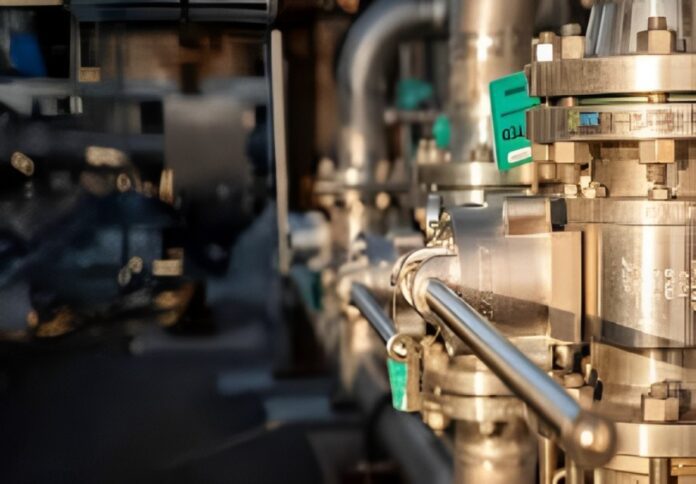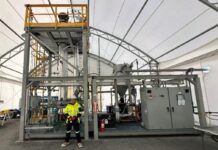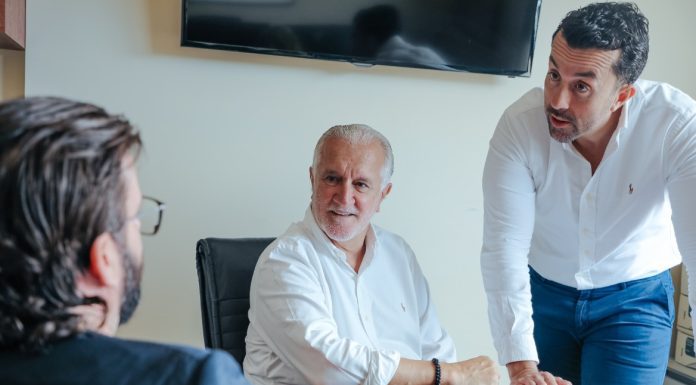
Hazer Group has reported a strong start to the financial year, outlining key operational and financial achievements in its half-year results for FY25.
In a media release, Hazer said it has completed the performance testing of its Commercial Demonstration Plant (CDP) ahead of schedule, marking a milestone in demonstrating the reliability and scalability of its process.
CEO Glenn Corrie said the early completion reinforced confidence in the company’s technology, de-risking its commercialisation strategy.
“Hazer has achieved significant milestones this H1 FY25, demonstrating the commercial readiness of our technology and the strength of our partnerships. The successful completion of our CDP testing program and the FortisBC pilot rig testing reinforce the reliability and scalability of the Hazer Process,” he explained.
The CDP has now accumulated over 1,250 hours of continuous operation, with high production uptime supporting its economic viability. Significant volumes of graphite were produced and distributed to commercial partners for advanced testing.
The company also advanced its project in Canada with FortisBC, where a pilot-scale reactor test rig was assembled with the support of an $8 million provincial government grant.
The rig is designed to gather data to optimise the design of a commercial-scale reactor. Hazer has received initial revenue from engineering services provided for the project, with payments expected to continue leading up to the final investment decision.
“With a strong cash position, ongoing revenue from FortisBC, and the support of the Western Australian Government, Hazer is well-positioned to capitalise on the growing demand for clean hydrogen and graphite,” Corrie noted.
The site selection process is ongoing, with feasibility studies underway at several potential locations.
Hazer further strengthened its market position by extending its strategic partnership with Mitsui for the marketing of its graphite byproduct.
The collaboration aims to identify commercial pathways for the low-emissions material, which has attracted positive industry interest.
Additionally, the company secured key patents in Europe and Japan for its process of producing hydrogen and high-value graphite from natural gas using iron ore as a catalyst.
These patents expand Hazer’s intellectual property portfolio, which now includes over 70 patents and applications across multiple technologies.
Financially, Hazer maintained a strong cash position, supported by recently awarded grant funding from the Western Australian Government under the Lower Carbon Grants Program.
The company also reported a reduction in operating costs, attributed to lower CDP expenditure and corporate efficiencies.
Looking ahead, Hazer said it plans to accelerate the commercialisation of its technology, advance discussions with potential customers and strategic partners, and drive its FortisBC project toward a final investment decision.


















